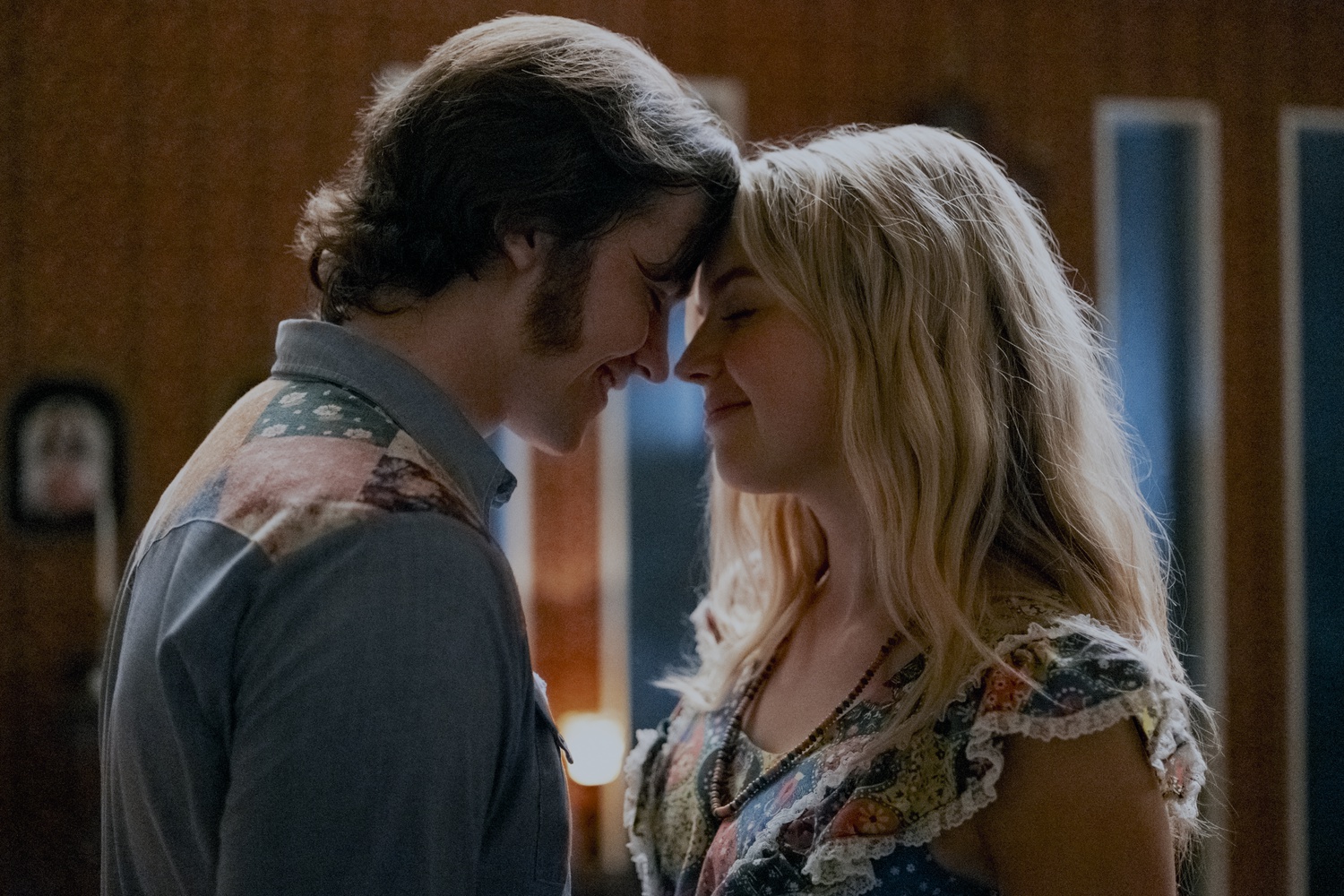
News
Summers Will Not Finish Semester of Teaching as Harvard Investigates Epstein Ties

News
Harvard College Students Report Favoring Divestment from Israel in HUA Survey

News
‘He Should Resign’: Harvard Undergrads Take Hard Line Against Summers Over Epstein Scandal

News
Harvard To Launch New Investigation Into Epstein’s Ties to Summers, Other University Affiliates

News
Harvard Students To Vote on Divestment From Israel in Inaugural HUA Election Survey
‘Jesus Revolution’ Review: A Not-So-Revolutionary Biopic
Dirs. Jon Erwin and Brent McCorkle - 3 Stars

Nowadays, evangelical Christianity is not associated with hippie teenagers living in community, singing songs, and searching for meaning in their lives. Yet in the ’60s and ’70s, masses of radical youth — commonly known as “Jesus Freaks” — were doing just that.
The 2023 film “Jesus Revolution,” which came out in theaters on Feb. 24, tells the story of this pivotal moment in American culture, which culminated in 1972 and is often regarded as the greatest spiritual revolution in recent history. Based on the lives of Greg Laurie and Ellen Vaughn (who also wrote the book from which the screenplay is adapted), the film focuses on the true story of these two teenagers, both fighting their own battles and coming to find each other and themselves. It also tracks the unlikely partnership between Conservative pastor Chuck Smith and prophetic hippie Lonnie Frisbee, who are brought together by their shared mission of opening the church to young people.
Though the storyline starts by focusing on the chance meeting of Smith and Lonnie, it slowly morphs into a gradual love story between Laurie and Vaughn. In doing so, the film gracefully manages to tie together two plots through a series of converging moments, all of which center around the rapidly growing Calvary Chapel of Southern California.
Rather than using a single event, “Jesus Revolution” uses characters as the vehicles of connection, allowing for smooth transitions; it is teenaged Jeanette Smith who introduces her father Pastor Chuck Smith to Lonnie Frisbee, who resembles Jesus in both appearance and action.
Ultimately, all five of these characters serve as both the transformer and the transformed through the powers of faith in God and connection to each other. This ingenious unfolding of events and the message of the movement match up well, both communicating the message that God works in miraculous, unexpected ways if people are only willing to open their hearts to those around them to see the sanctity in everyone.
The use of water as a central focus of both plot and shot is critical to the nature of the film. Not only does the story both start and end on the sunny beaches of California, but several critical scenes center around water — mirroring how the Jesus Revolution attracted disciples via public baptisms. Whether it be the come-to-Jesus meeting of Laurie and Frisbee in a torrential downpour or the several baptisms in the Pacific Ocean, the cleansing water motif creates a powerful parallel between Biblical Gospel stories and the Jesus Revolution, visually implying that this movement is comparable to a second coming.
However, in addition to the individual moments of internal conflict that several characters are facing, the film portrays the weaknesses of the church's rapid growth, placing special focus on the rifts this creates between individuals. Though the film ultimately ends on the idea that the movement is bigger than any one individual, it leaves some key conflicts unresolved, making the end feel narrow and somewhat abrupt; for example, the split between Smith and Frisbee is only resolved via information shown before the film’s credits, which viewers are likely to find unsatisfying.
Similarly, the film fails to properly develop the character of the plot’s catalyst, Jeanette Smith. Viewers may be left feeling frustrated by her slowly fading presence and the lack of recognition she is given.
Despite these flaws, it is fair to say that it was incredibly well-executed and original, as it powerfully tells the undertold story of this counterculture movement. The soundtrack, warm camera filter, and wardrobe immerse audience members in the time period, allowing viewers to get swept away in the story. Tangentially, the interweaving storyline does an excellent job of keeping the audience engaged through its several individual moments of climax, perspective shift, and semi-plot twists. Though the acting is sub-par at times, it is easy to ignore because these cinematic elements of the film are well done.
However, it is crucial to note that Greg Laurie has become increasingly controversial in recent years, spreading hateful messages about the LGBTQ+ community through his church, the Harvest Christian Fellowship. Though the film focuses on the liberating nature of the movement he became involved with in his youth, his contemporary views are in direct contradiction with the highly welcoming mission of the movement as portrayed in the film.
When the context of Laurie’s present-day beliefs are taken into account, it becomes hard to fully enjoy the movie; given that it is based off of his memoir, the storyline largely portrays his character as the lovable protagonist, which may leave viewers feeling frustrated and conflicted.
Therefore, when taking into consideration both the work and its subject, the film lands in the middle of the road. Captivating and well made but with an exigently flawed subject, the film presents a serious conflict between its message of making Christianity accessible to youth and the reality of what the movement’s modern legacy is, which is highly likely to be the viewer’s overall takeaway.
Want to keep up with breaking news? Subscribe to our email newsletter.
